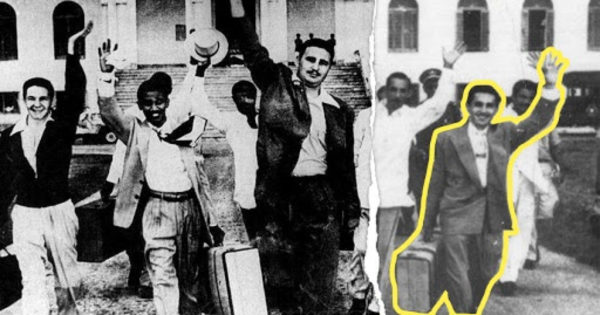
In memory of Mario Chanes de Armas, the longest-held Cuban political prisoner in contemporary history.
By Vicente Morin Aguado
HAVANA TIMES – Every February 24th, Cubans celebrate the beginning of our last war for independence in 1895. Before that, there were two others, the so-called Ten Years’ War, from 1868 to 1878, and the Little War, between 1879 and 1880.
Unlike in the USA, we didn’t wait to win the war to create a civilian government, governed by a constitution; we had four constitutions while fighting for freedom since October 10, 1868.
The architect of February 24th was Jose Marti, the founding father of our nation. Marti was a liberal democrat, equally sympathetic to the impoverished sectors of society. However, he opposed the Marxist idea of class struggle, condemning the possibility of the socialist state, calling it “future slavery”.
Just arrived in New York, he recounts his first impressions upon seeing the Statue of Liberty, in January 1880, at the young age of 27, in The Hour magazine:
“I am finally in a country where everyone seems to be their own master. One can breathe freely here, because freedom is the foundation, shield, essence of life. Here one can be proud of his species. I never felt surprised in any country I visited. Here, I was surprised.”
A decade later, he became the leader of the Cuban emigrants, creating the Cuban Revolutionary Party, focused on achieving independence, a means to found a republic “with all and for the good of all”, according to a banner phrase from his fiery speeches.
His vision of the country that had welcomed him evolved to balance admiration with a foresight against the geopolitical consequences of having a neighbor growing more powerful every day. He died just as military operations were beginning, whose final result would prove him right.
Victory against Spain was achieved when the Spanish garrison of Santiago de Cuba surrendered on July 16, 1898, after a two-week siege, where thousands of Cuban soldiers shed blood alongside their US counterparts, while the US fleet ruthlessly defeated a battered Spanish squadron at the entrance to the city within a few hours.
Under United States’ occupation, Cubans


